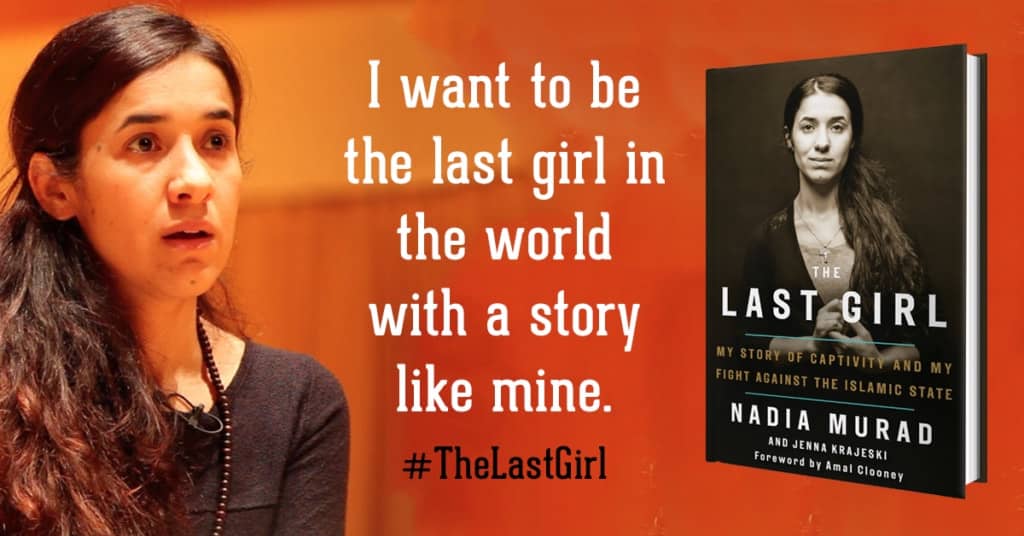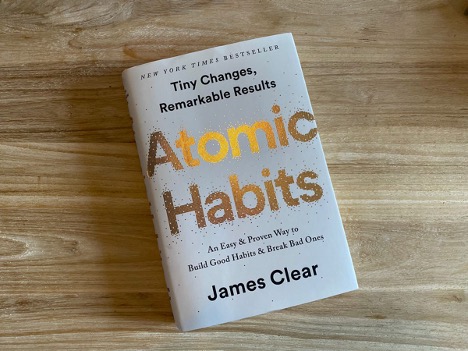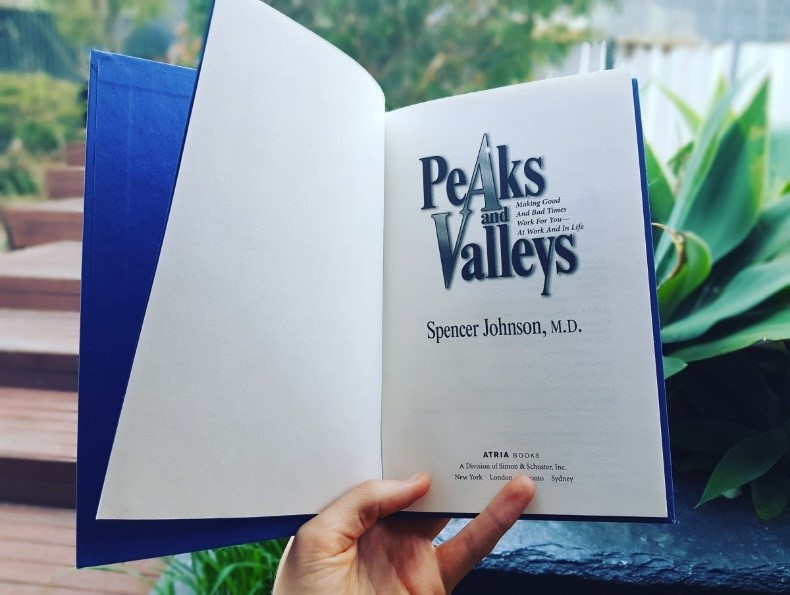“I want to be the last girl in the world with a story like mine”
Nadia Murad is a Yazidi activist from Iraq who raised her voice against human trafficking and genocide by the IS(Islamic State) in Iraq. She won a Nobel Peace Prize for her book and has also been actively involved in propagating her story through various international organizations and to bring justice to the Yazidi community.
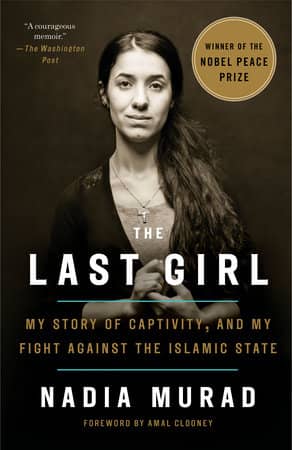
In 2014, while we were going about our business and family affairs; in another corner of the world, a girl was captured and repeatedly abused for 3 months. The book begins with the historical, cultural and geographical attributes of Kocho, a Yazidi village in Iraq and the book swiftly moves towards the daily life of Nadia Murad and her family involving her education and working in the fields. Being around her many siblings and their families, she was a very family oriented person. With dreams of opening her own salon, Nadia used to pray not just for her and her family, she would also pray for every oppressed Yazidi.
At the tender age of 21, Nadia witnessed her mother and brothers fall prey to genocide while grappling for her own life. Just like her, her sisters and nieces were traded as slaves from one man to another. This horrific chain of events continued under the IS rule until her very escape. She was passed on from one militant to another and went through the same gruesome treatment of abuse and violence.
Once, at one of her abductor’s house when she identified a window of opportunity, she made no mistake and plucked out the courage to escape from that murky place. But what followed was an extremely precarious escape from Iraq to a safer region, with hurdles at length. Being an IS slave, Murad had to be careful at every stage of her daring escape, as one wrong move could have revealed her identity and she could be deported back to the IS militants.
After Nadia reached Zakho (a safe place, where one of her brothers lived), her life continued to be a struggle. She had to pick up her tattered pieces and live through the grief of losing almost her entire family. Even though it was a fresh start for Nadia, her abduction wasn’t something that would let her off that easily.
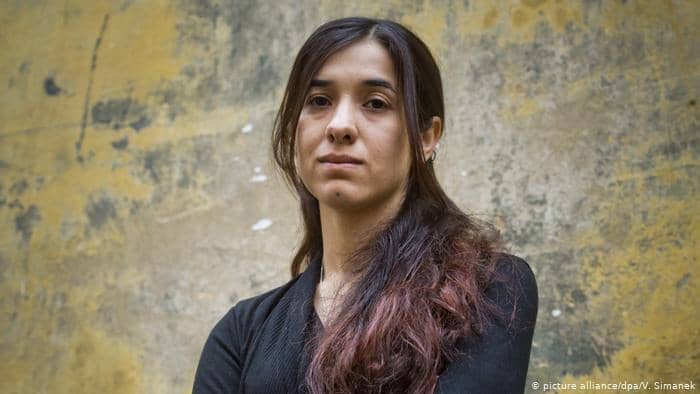
The book moves in three parts. The first centered around Nadia Murad’s life in her hometown and the many stories of her surroundings. The second part discusses the most brutal stage of her life involving her kidnapping and abuse. The third part, the triumph of freedom, entails her courageous escape and her revival as a person.
The narrative of the book is full of details making the readers develop an emotional connection whether it is with the childhood memories of the author or the abuse in the hands of militants. The intensity of incidents force the readers to empathize with the author and attempt to be a part of the story, be it in pleasure or in sorrow.
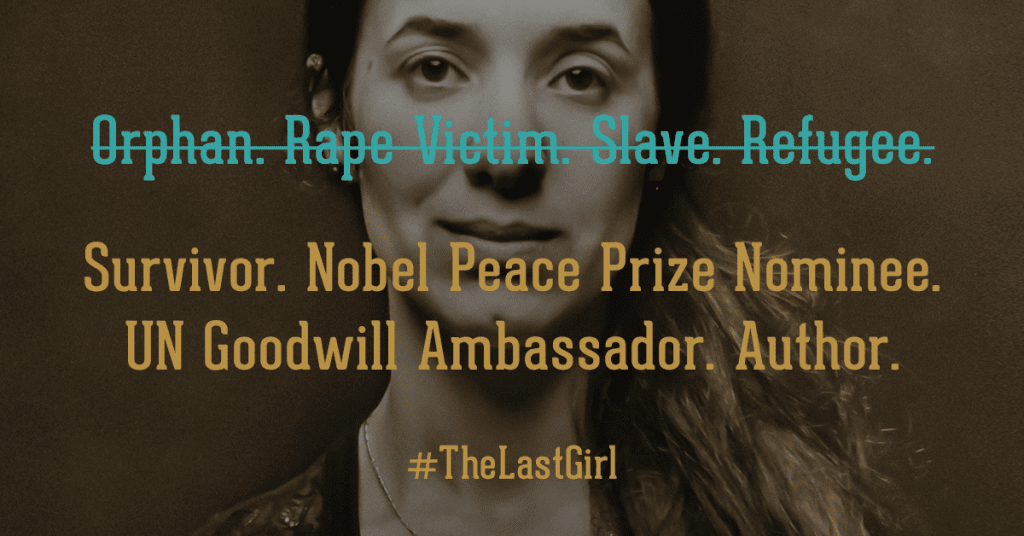
Rarely do we come across a story that corrodes us to our very core. It’s a story of a cheerful girl whose world was brought down to her knees in a blink of an eye. It’s not just a story of loss but of immense torture that breaks the human will. In this brutally honest narration, Nadia Murad also conveyed that no one teaches you to deal with such atrocious tragedies and as vulnerable as she was, all she knew was to pray, cook, work and spread love.
This memoir makes me ponder the cruelty inflicted upon common, harmless and innocent people in the same world where nations strive to reach space and go above and beyond to become developed. This story is about the captivity and repeated abuse of a young girl along with her own struggles to keep her country and community alive, while still bearing the wounds of the loss. An attestation of the many horrors thrust on a human being, the biography above all the suffering, teaches us about the courage to let oneself heal.
“Every time I tell my story, I feel that I am taking some power away from the terrorists.”
Written by- Ashima Bajaj
Edited by- Ubai Sura

